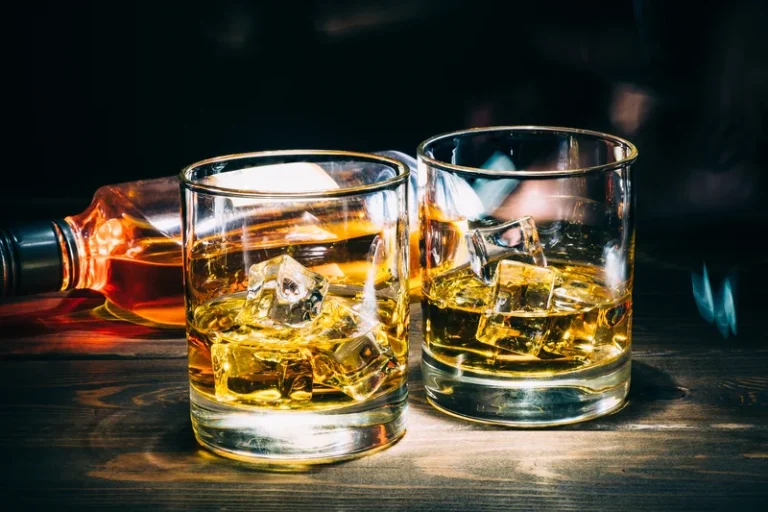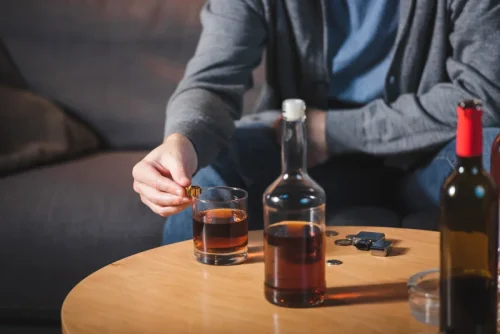Drinking alcohol on airplanes is bad for your body Popular Science
Feige et al. (2007) reported elevated beta activity in REM and gamma activity instage 2 NREM sleep, but only in data from the adaptation nights, with no differences forsubsequent placebo nights from their drug study. (2002) reported a trend for elevated beta activity in alcoholics across theentire night at baseline that became a significant difference during a recovery nightfollowing a night of partial sleep deprivation. (2009b) did not see any differences between alcoholics and controls in highfrequency EEG activity during sleep. Because these analyses are performed on stable sleepepochs, results suggest that once sleep is attained, it is not necessarily characterizedby elevated fast frequency activity. By contrast, primary insomniacs have greater betapower during NREM sleep than normal sleepers, thought to reflect higher levels of corticalarousal (Riemann et al. 2010). Topographicdifferences in EEG spectral power during sleep evaluated in alcoholics compared withcontrols revealed that slow frequency activity was maximal over frontal scalp regions inboth alcoholics and control subjects (Colrain, Turlington,and Baker 2009b).
Be a sleep-smart drinker.
In the long term, insomnia can take a serious toll on your mood, energy level, physical and mental health, work performance, and overall quality of life. Whether you drink a little or a lot, the onset of the first REM sleep period is seriously delayed after boozing. Then, you’ll likely experience an increase in slow-wave sleep (stages 2 and 3) during the first half of the night. When you drink alcohol, your normal sleep pattern gets disrupted.
Knowledge, attitude, and practice toward sleep disorders and sleep hygiene among perimenopausal women
It’s estimated that between 35% and 70% of people who drink alcohol live with insomnia. It’s a little bit of a chicken and an egg situation — troubles with insomnia can be made worse by alcohol consumption. And insomnia has the potential to contribute to alcohol dependence.
2 Sex effects in the impact of alcohol and alcoholism on sleep
An indirect test of the neuronal loss hypothesis of K-complex amplitude deficitin chronic alcoholism was conducted using gray matter volumes from structural MRI dataacquired from the subjects in Colrain et al.(2009). Statistical models were constructed to determine the extent to whichcortical and subcortical volumes could predict evoked potential component amplitudes insleeping alcoholics and controls. Stepwise multiple regression entering age, intracranialvolume, diagnosis, lobar gray matter volumes and subcortical tissue volumes to predictN550 amplitude at Fz produced different models in men and women (Colrain et al. 2011). For men, sensorimotor alcohol insomnia gray matter volumemade a significant independent contribution to N550 amplitude with the amount of varianceexplained significantly improving with the addition of diagnostic group. These datasupport the hypothesis that diminished gray matter volume in chronic alcoholismcontributes to an impaired ability to generate large amplitude slow waves, although notall the variance could be explained by loss of volume. Poor connectivity (i.e., deficitsin white matter integrity) likely also contributes, although relations between evokedpotential amplitude and diffusion tensor imaging (DTI) measures of white matter integrityare yet to be tested.
Why Intermittent Fasting Can Lead to Better Sleep
- But some people have long-term insomnia, also called chronic insomnia.
- The increase in delta activity is also consistent with alcohol’s GABAagonist properties.
- Heavy consumption of alcohol over an extended period of time leads to increased tolerance and this tolerance is accompanied by adaptation of the neurotransmitter systems5.
This means that someone self-medicating spirals deeper into their dependency, turning it into a full-blown addiction faster. A small study showed that an estimated 20 to 30 percent of people with insomnia report using alcohol as a “sleep aid.” And 67 percent of these folks say it’s good at its job. After a few hours of sleep, alcohol can cause you to wake up and have a difficult time going back to sleep. Whatever you want to call it, it’s hard to deny the exhausting epidemic affecting millions of people all over the world. People, as a whole, are getting less rest and are desperately turning to pills or other aids as a result.
Learn More About Nutrition and Sleep
It was also not always clearly stated that subjects were abstinent from cross-tolerant sedatives in addition to alcohol. Studies also failed to differentiate insomnia symptoms from an insomnia disorder, which is characterized by the additional burden of daytime impairment and/or psychological distress attributable to the sleep problems. Insomnia disorders are more likely to have a chronic course, to require independent treatment, and may contribute more directly to relapse during alcohol recovery. Large-scale epidemiological studies with validated measures and good operational definitions of insomnia are clearly warranted to establish the incidence and prevalence of insomnia in the alcoholic population and its clinical course in relation to the alcohol disorder. Self-reported sleep quality improved over 4–6 weeks of treatment and all but two patients remained abstinent. Differences in activity in the fast frequency bands (beta and gamma) duringsleep between alcoholics and controls are less consistent.
- This may result in the person verbally or physically acting out their dreams, which may cause abnormal behaviors such as kicking, flailing, jumping or yelling during sleep.
- Older men who consume alcohol are more likely to have a worse sleep profile, characterized by waking tired and waking several times during the night.
- Insomnia is a disorder that prevents someone from achieving a restful night’s sleep.
- But part of a smart, sleep-friendly lifestyle is managing alcohol consumption so it doesn’t disrupt your sleep and circadian rhythms.
- The more alcohol your drink and the closer you drink it to bedtime, the stronger its effects will be.
They may prescribe them only for use as needed, not daily, and they may prescribe lower doses or pick benzodiazepines that aren’t as strong. Your healthcare provider can explain their recommendations for your treatment, including the timeline for which treatments you receive and why. Benzodiazepines are a class of medications that slow down activity in your brain and nervous system. They’re most often used for treating anxiety and related mental health conditions, as well as brain-related conditions like seizures. These medications are tightly regulated and are only available with a prescription.
- Avoid prolonged use of light-emitting screens just before bedtime.
- However, women were more likely to report trouble falling asleep (69.6% compared to 49.5% men) (Table 1).
- One theory, known as the “mind after midnight” hypothesis, suggests that neurological and physiological changes late at night can foster impulsivity, negative mood, impaired judgment and more risk-taking.
- Sleep disturbances are extremely common in the early stages of recovery from alcohol dependence and may persist for several months despite continued abstinence.
- «Caffeine has a half-life of three to five hours, so if you have coffee too late in the day, you might still have some caffeine in your bloodstream around bedtime,” she says.







